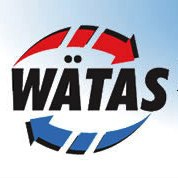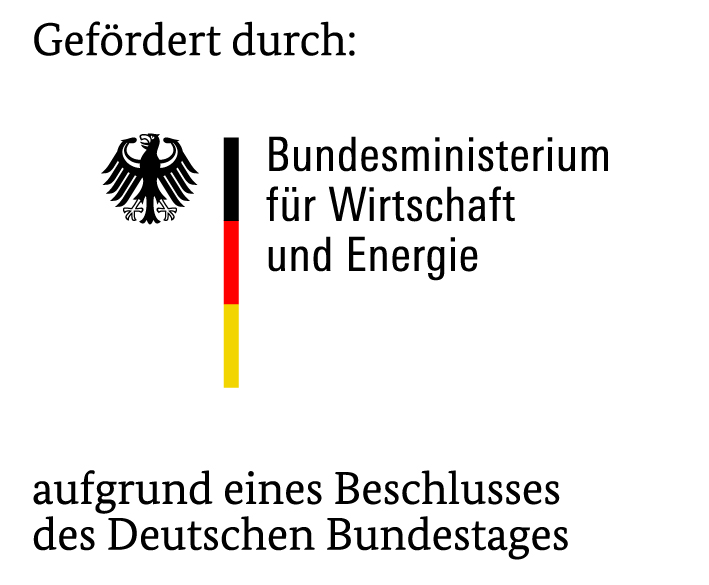Sub-projects: Preparation and Characterization of Metallic Support Structures for Adsorption Materials in Chemical Heat Pumps and Heat Storage Systems



Compared to the German final energy consumption, the provision of space and process heat and hot water have a cumulative share of about 55 % and together represent the largest sector group according to application areas. Therefore, there is a particularly large potential for saving fossil primary energy. Of particular interest are renewable energies in form of environmental heat and waste heat from trade, industry and households. Since both environmental heat and waste heat usually have temperatures significantly below the desired application temperature level, there is a high demand for energy-efficient heat transformation systems. In the field of residential buildings such solutions are established in the form of compression heat pumps with electrically driven compressors. The use of reversible chemical reactions or physical sorption processes enables the substitution of high-quality electrical energy with heat.
However, the use of chemical or sorption heat pumps is hardly common until now. The current core challenges in application are to ensure sufficient heat and mass transfer and to avoid agglomeration of the working media. To overcome these problems, porous carrier structures such as silica gel are used, which limit the heat transport and achievable thermal power density of such systems due to their low intrinsic heat conduction properties. Aim of the research project is therefore the development and characterization of new working materials for chemical heat pumps based on porous metal structures, which are loaded with metal salts as reactive working medium. Salts enable the use of different gas-solid reactions with steam, ammonia or alcohols, which are suitable for applications in heat pumps, refrigeration machines or thermochemical storage in the low temperature range. The metal structures ensure effective heat transport, enable optimal mass transfer via the definable porosity and extremely large inner surface area and prevent agglomeration. By selecting suitable salts, the lowest possible desorption temperatures (thermal drive) can be achieved.
 Fraunhofer Institute for Manufacturing Technology and Advanced Materials IFAM
Fraunhofer Institute for Manufacturing Technology and Advanced Materials IFAM